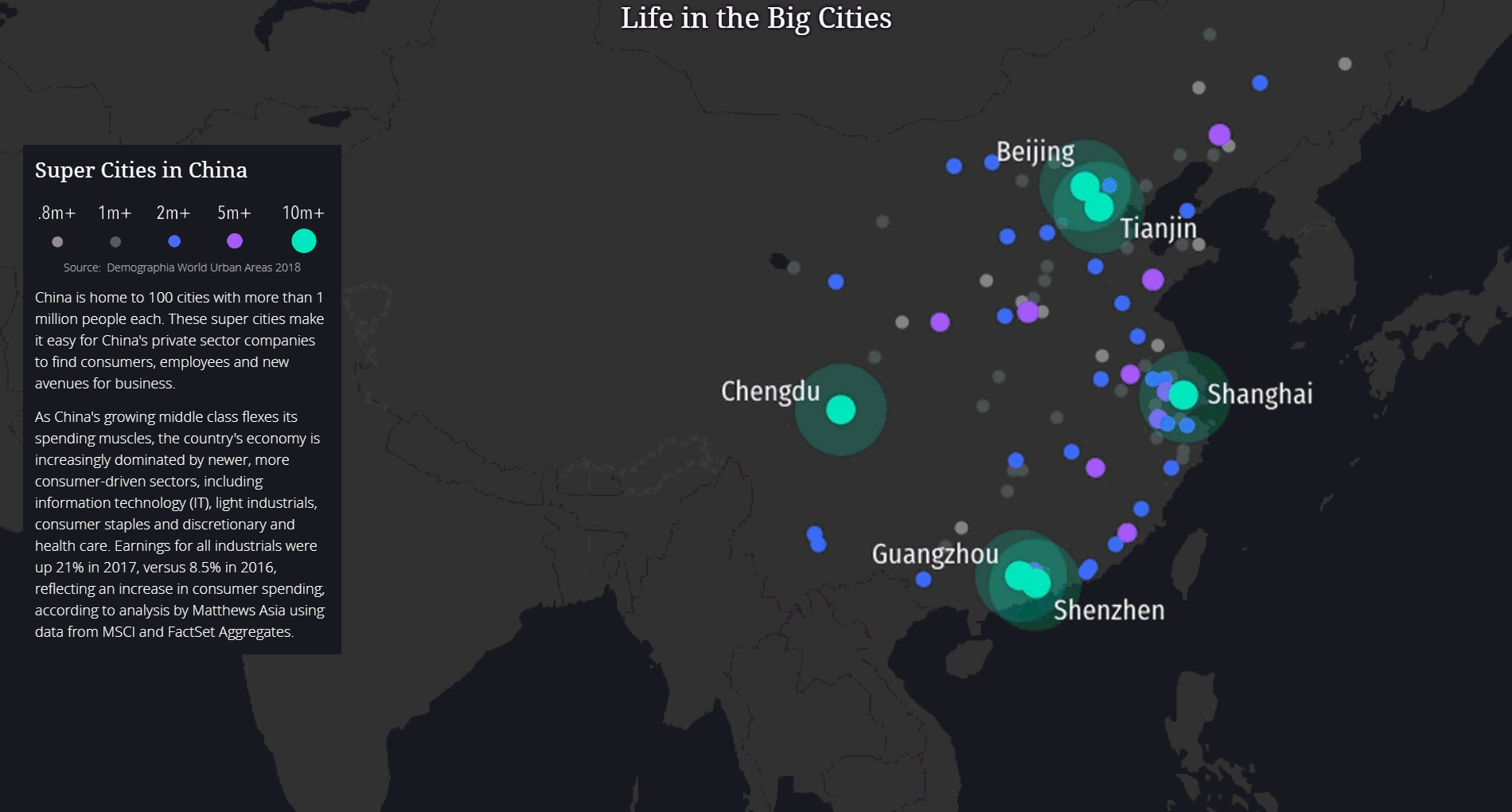The Mekong Policy Project aims to address the regional environmental and social impacts along the Mekong River to improve food security, stability and cross-country relations.
Launched earlier this year, The Stimson Center's Mekong Infrastructure Tracker offers unprecedented transparency into the financing and development of roads, rails, waterways, and power generation projects in the Mekong region. Funded by USAID and supported by The Asia Foundation, the tool allows users to search and filter for projects by type, operational status, funders, and more.
Mekong Infrastructure Tracker Updates
Now, with the latest release, the Tracker includes data on Industrial Spaces. In addition to major transportation hubs, such as railway stations, airports, and seaports, these include special economic zones, cross border economic zones, and industrial zones. These areas, with special tax treatment and other regulations, are key centers of economic activity and international investment.

"The Tracker's new industrial spaces dataset provides for the first time a visualization of 700+ completed and planned industrial zones, special economic zones, airports, train stations, and seaports in the Mekong region. We think the private sector, government stakeholders, and NGOs will find particular interest in viewing this data. When viewing the data on the Project Impact Screener, the connectivity of the region really come forward because these industrial spaces can be framed together with a comprehensive set of transportation routes and power generation assets." - Brian Eyler, Senior Fellow and Director at The Stimson Center

Leveraging ArcGIS Online and the ESRI JavaScript API, The Mekong Infrastructure Tracker builds on existing data to present a comprehensive source of information on energy, transportation, and water infrastructure in the Mekong countries. Additionally, there is an ArcGIS Survey123 link that allows users to submit more project data or provide updates to existing data.
The Mekong Infrastructure Tracker platform is the premier resource for researchers to track, monitor, and quantify the development of energy, transportation, and water infrastructure assets and the social, economic, and ecological changes they bring to South East Asia.


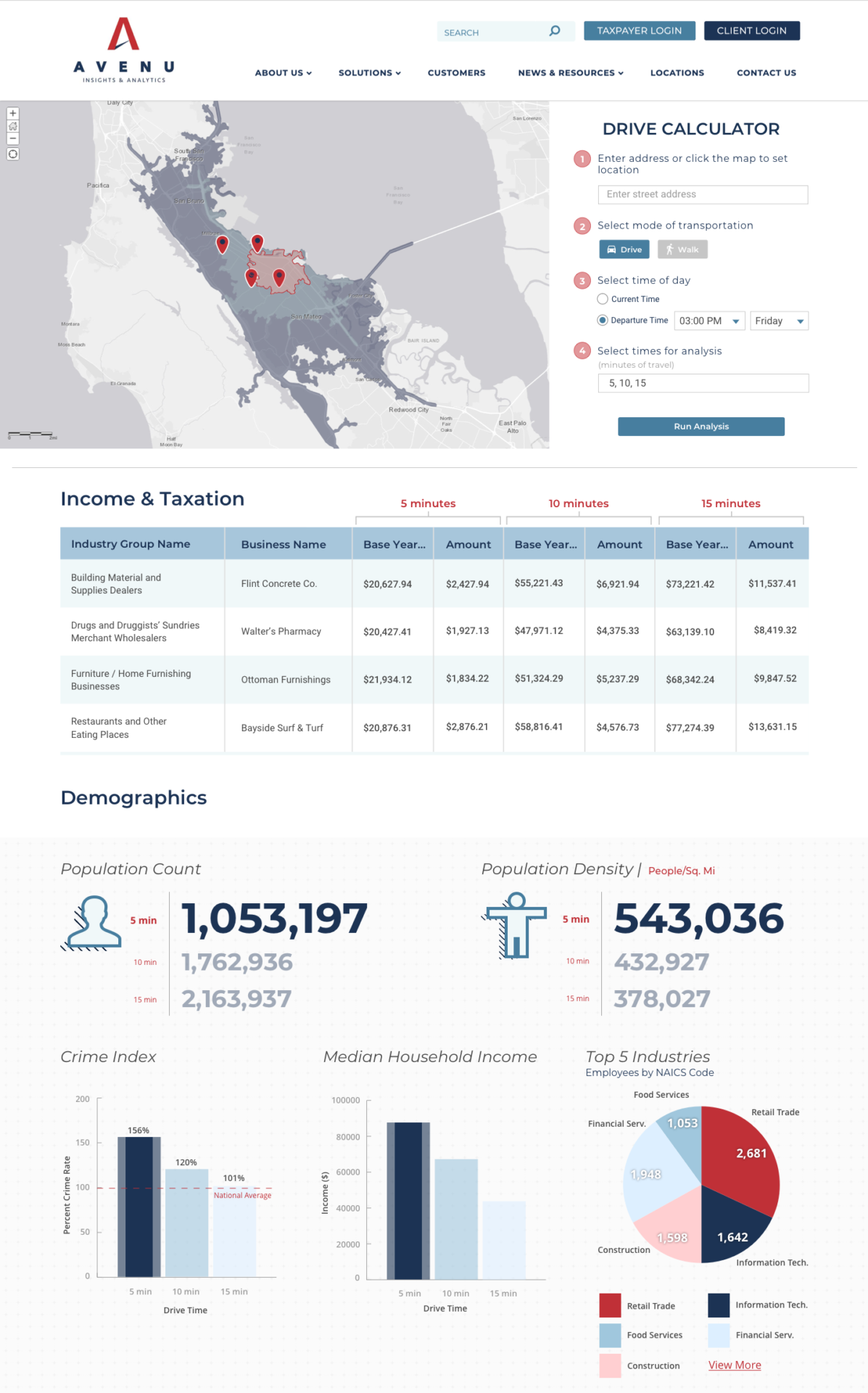
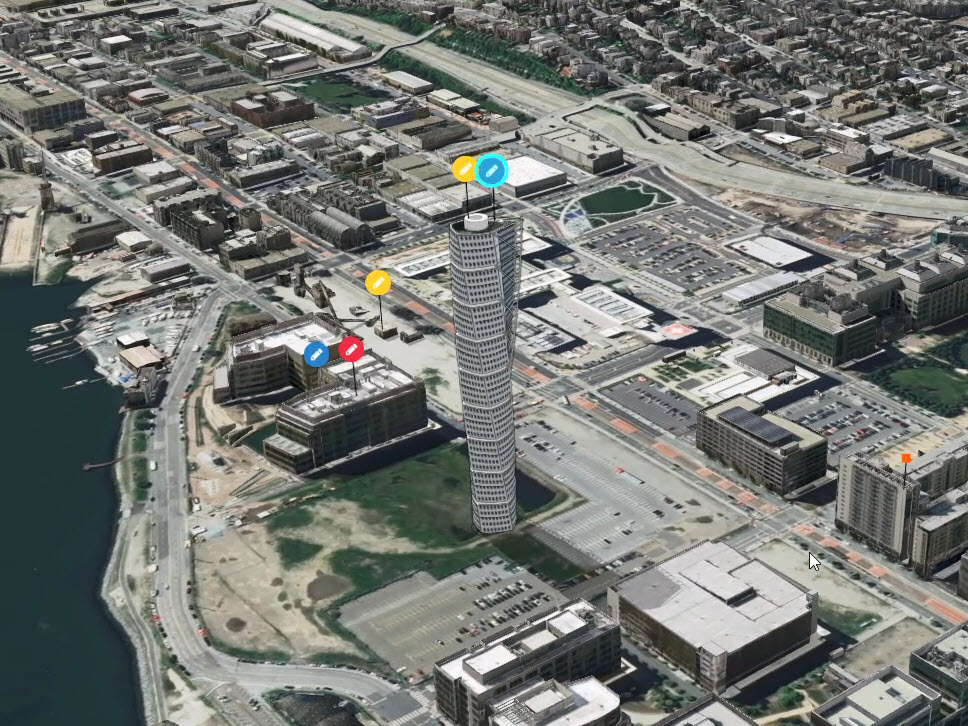
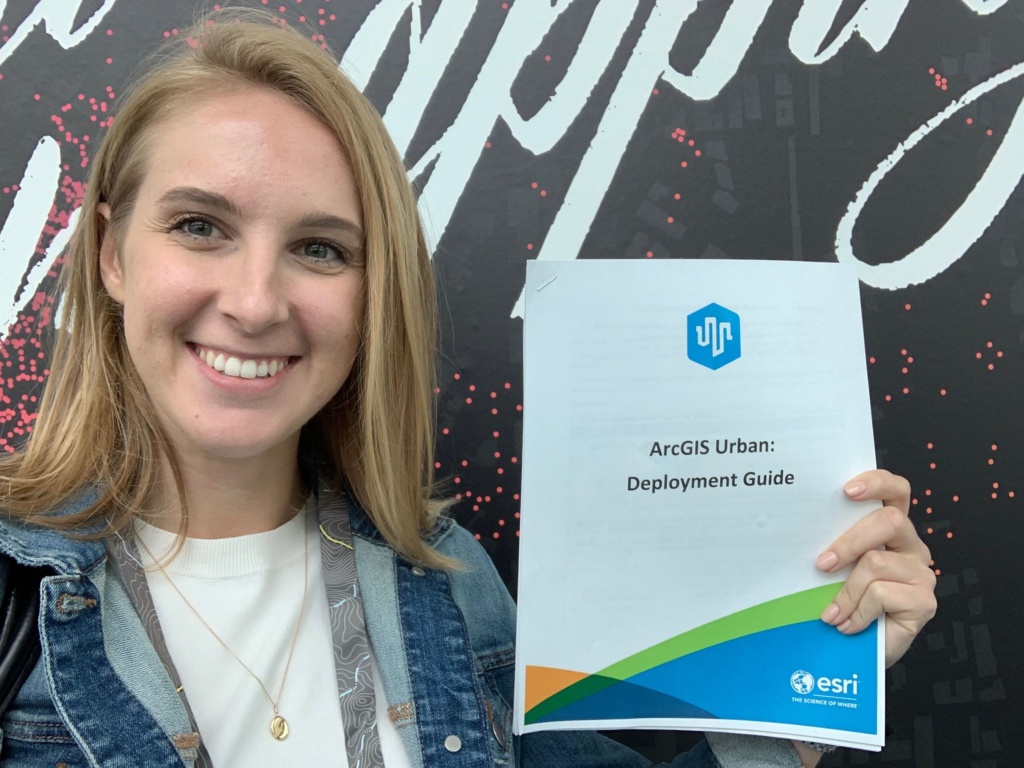

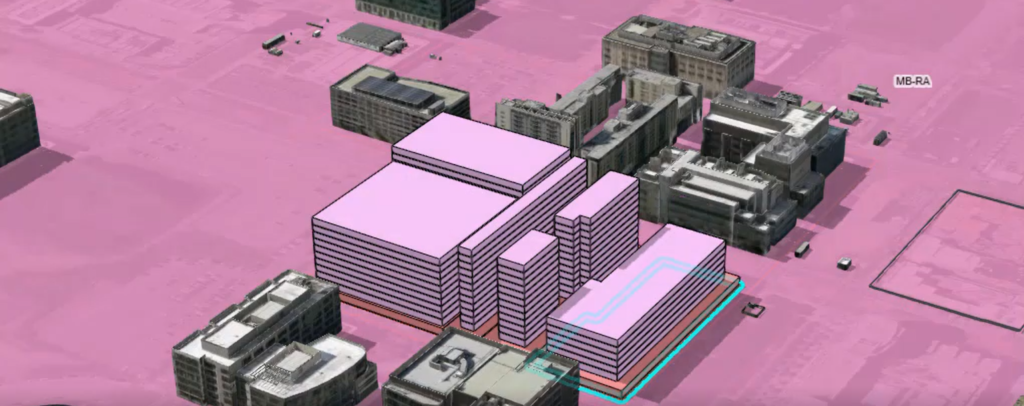
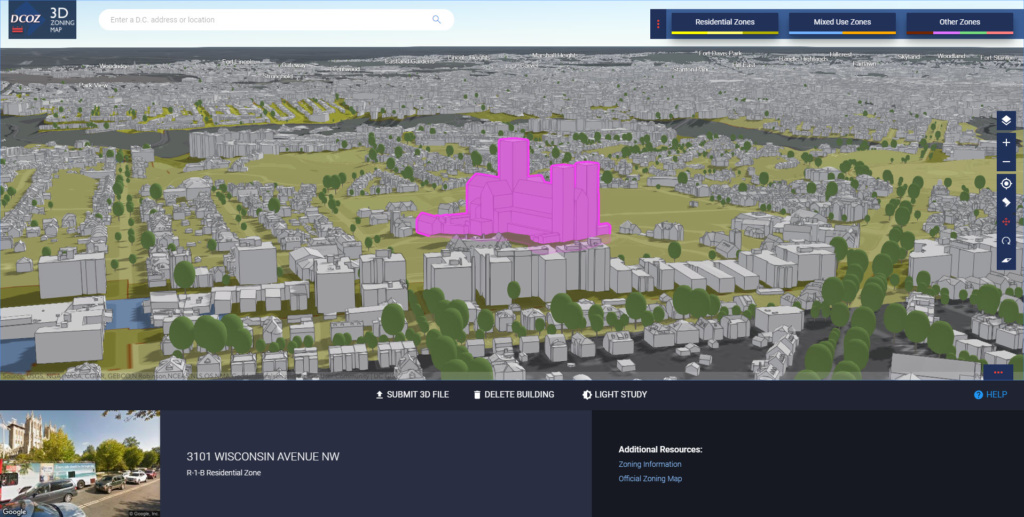
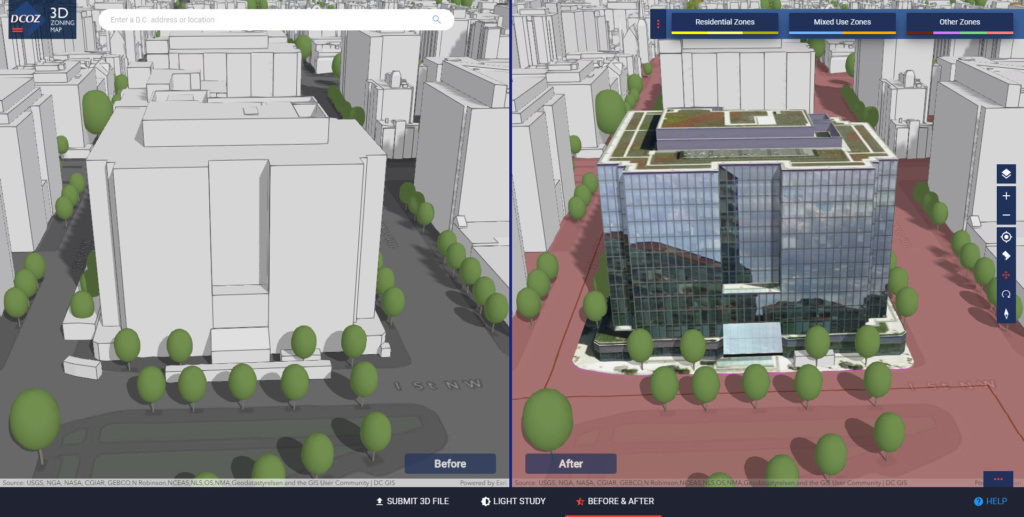 The 3D Zoning Map is an innovative public tool from DCOZ for citizens, developers, and agencies to collaborate and understand the zoning regulations in the nations Capitol.
The 3D Zoning Map is an innovative public tool from DCOZ for citizens, developers, and agencies to collaborate and understand the zoning regulations in the nations Capitol.

